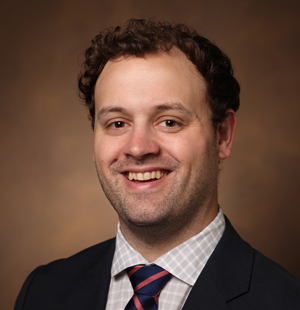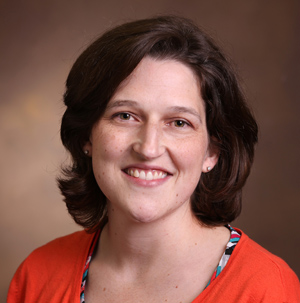Children and young adults who are obese are at greater risk for malignant thyroid nodules, according to new study from Monroe Carell Jr. Children’s Hospital at Vanderbilt.
The study, Evaluation of Thyroid Nodule Malignant Neoplasms and Obesity Among Children and Young Adults, published in JAMA Network Open.
With the incidence rate of thyroid cancer increasing in children over the last two decades, a team of Vanderbilt researchers wanted to explore possible causes, including various socioeconomic factors along with puberty, ethnicity and body mass index z-scores (used for children, and also known as BMI-for-age percentile).

“Over the last 20 to 30 years, our institution’s number of cases of pediatric thyroid nodules has stayed relatively the same from year to year, but there has been a rise in cancer rates, and we wondered why,” said Ryan Belcher, MD, MPH, assistant professor of Pediatric Otolaryngology–Head and Neck Surgery, a study author. “The one thing that kept popping up in our analysis of our cases of malignancy was the BMI.”
Other previous analyses, including one published in the American Cancer Society’s Cancer journal, have shown the incidence of pediatric thyroid cancer has been increasing by 4.43% yearly in an examination of data tracked from 1998 to 2013. This trend has continued in recent studies, Belcher noted.
For their retrospective, cross-sectional study, senior author Vivian Weiss, MD, PhD, and Belcher, along with a team of Vanderbilt researchers, trainees and biostatisticians, collected a large cohort of pediatric thyroid patients from Children’s Hospital. This cohort included 116 patients under age 21 who had thyroid surgery between 2003 and 2019.

“We know that obesity can be a risk factor for many diseases, particularly in the adult population,” Weiss said. “We know that obesity is a risk factor for adult thyroid cancer, but there has been very little research on pediatric thyroid cancer. Our study found that the probability of a nodule being malignant is significantly and independently associated with this BMI z-score.”
The team found that of the 116 patients in the study, 55 had malignant nodules with an average BMI z-score for that cohort of 1.4, whereas, the other 61 patients, who had benign nodules, averaged about half that with a median z-score of 0.7. In children, a BMI z-score of 1.65 or greater is considered obese. In the group with malignant nodules, the scores went as high as 2.4.
The team initially wondered if obesity was simply delaying the ability to detect thyroid nodules on physical exam. However, there was no significant correlation between nodule size and BMI z-score. Most thyroid masses in children are first discovered during a child’s annual routine physical with their pediatrician.
Typically, the child is asymptomatic. Children with a suspected growth are referred to an otolaryngology-head and neck surgeon or endocrine surgeon and endocrinologists to determine if the growth is benign or malignant. Weiss and Belcher are both part of the newly formed Pediatric Thyroid Nodule and Cancer Program at Children’s Hospital, which was developed to improve the coordination of care of these pediatric patients and to improve their outcomes.
Because few studies exist looking at the correlation between pediatric obesity and malignant thyroid nodules, Weiss and Belcher hope this will be a catalyst for further examination and research.
“There is something going on with BMI that is helping to support, or is correlated with, malignancy,” Weiss said. “The mechanism is obviously something that we are both interested in looking at.”
This study was supported by multiple grants awarded to Weiss, including a American Thyroid Association grant (2019-0000000090), Vanderbilt Clinical Oncology Research Career Development Program award (NCI K12CA090625 K12), a V Foundation Scholar Award, a Children’s Cancer Research Fund Emerging Scientist Grant, an American Cancer Society Clinical Scientist Development Grant (133934-CSDG-19-216-01-TBG), and a National Institutes of Health grant (1K08 CA240901-01A1).












